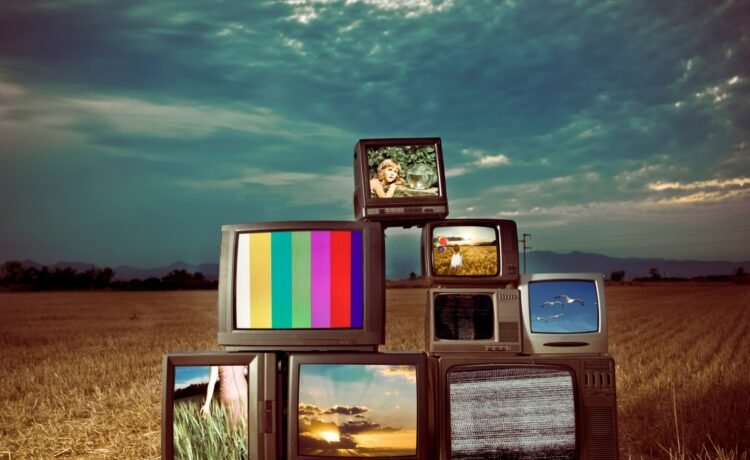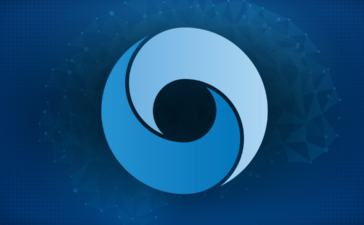We’re at a transitional moment in streaming — user growth is slowing and major players are looking to consolidate, but the long-promised dream of profitability finally seems within reach (especially if you’re Netflix).
The perfect time, then, for The New York Times to interview many of the industry’s big names — including Netflix co-CEO Ted Sarandos, Amazon’s Prime Video head Mike Hopkins, and IAC chairman Barry Diller — about what they think comes next.
There seemed to be broad agreement on most of the big themes: More ads, higher prices, and fewer big swings on prestige TV. These changes are all united by the shift towards profitability, rather than growth-at-all-costs. If the initial prices of many streaming services seemed unsustainably low at launch, it turns out they were — prices have been steadily rising, while the streamers have also introduced more affordable subscription tiers for viewers who are willing to watch ads.
In fact, some execs told The Times that streamers will keep raising prices for the ad-free tiers with the aim of pushing more customers to sign up for ad-supported subscriptions instead.
The growth of ad-supported streaming could also affect the kinds of movies and shows that get produced, since advertisers generally want to reach a mass audience — think of the heyday of ad-supported network TV, with its endless shows about doctors and cops, compared to the more ambitious fare on subscription-supported HBO.
That shift is already underway in streaming, though executives insist they’re not abandoning their hopes of finding the next “Sopranos” or “House of Cards.” Sarandos (who’s already been backing away from his decade-old boast that he wanted Netflix “to become HBO before HBO could become us”) said Netflix can “do prestige TV at scale,” but added, “We don’t only do prestige.”
Similarly, Hopkins said that at Prime Video, “procedurals and other tried and true formats do well for us, but we also need big swings that have customers saying ‘Wow, I can’t believe that just happened’ and will have people telling their friends.’”
Other not-too-surprising predictions include greater investment in live sports (“the simplest and most interesting thing,” according to Warner Bros. Discovery board member John Malone), more bundling, and either the shutdown or merger of some existing services. Apparently there was consensus among the executives that streamers need at least 200 million subscribers to be “big enough to compete,” as former Disney CEO Bob Chapek put it.
Some of those changes would be welcome, but they reinforce the sense that streaming — at least as envisioned by the executives currently running the business — won’t be all that different from the old cable TV ecosystem. Some things will be better (on-demand viewing), some will be worse (compensation for writers, actors, and other talent), and there might be different players at the top. But in many ways, it will feel like the same old TV.
You Might Also Like
Chinese marketplace DHgate becomes a top US app as trade war intensifies
The Trump trade war has gone viral on TikTok, pushing a Chinese e-commerce app, DHgate, to the top of the...
Hertz says customers’ personal data and driver’s licenses stolen in data breach
Car rental giant Hertz has begun notifying its customers of a data breach that included their personal information and driver’s...
OpenAI plans to phase out GPT-4.5, its largest-ever AI model, from its API
OpenAI said on Monday that it would soon wind down the availability of GPT-4.5, its largest-ever AI model, via its...
Google’s newest AI model is designed to help study dolphin ‘speech’
Google’s AI research lab, Google DeepMind, says that it has created an AI model that can help decipher dolphin vocalizations,...










